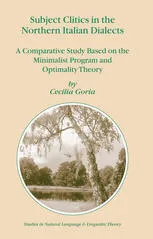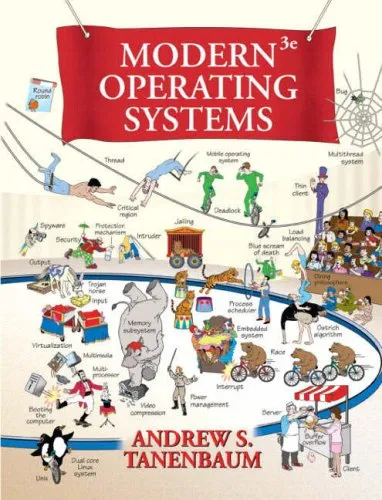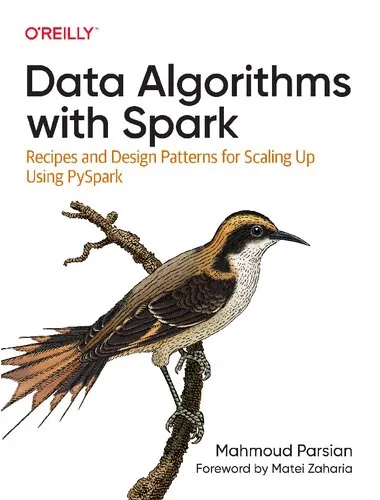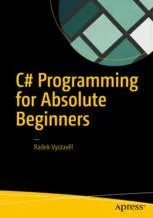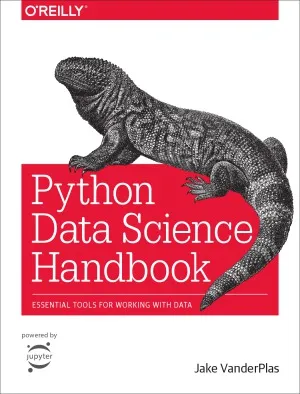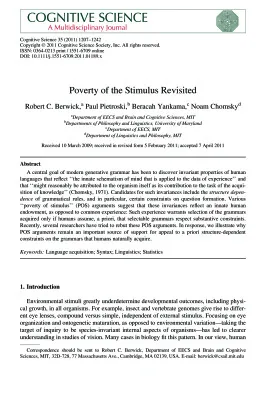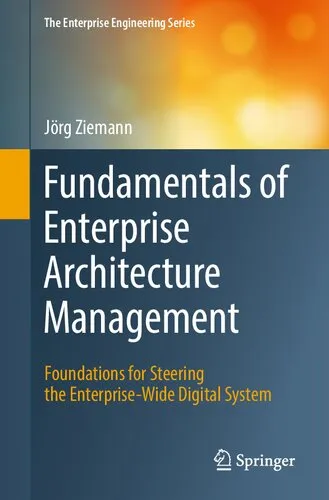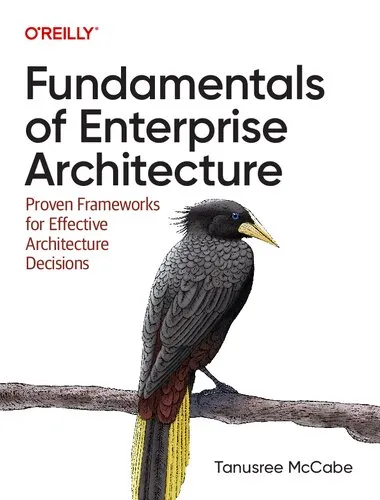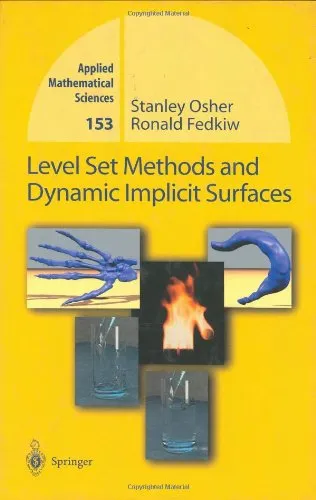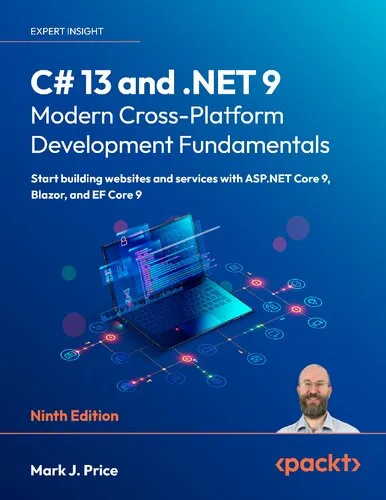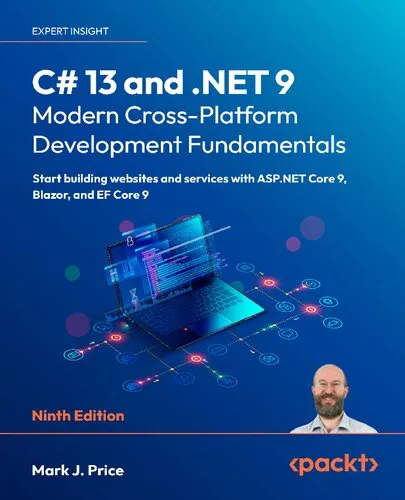Subject Clitics in the Northern Italian Dialects: A Comparative Study Based on the Minimalist Program and Optimality Theory
4.4
Reviews from our users

You Can Ask your questions from this book's AI after Login
Each download or ask from book AI costs 2 points. To earn more free points, please visit the Points Guide Page and complete some valuable actions.Related Refrences:
1. 0 INTRODUCTION This book provides an encompassing analysis of Subject Clitics (SCLs) by giving a detailed description of these elements in two varieties of Piedmontese, a Northern Italian Dialect: Astigiano and Turinese spoken in the areas of Asti and Turin respectively. It accounts for the structural position and function of these elements inside the computational system and for their morphological and distributional properties. It also provides an empirical and theoretical comparison between Piedmontese SCLs and SCLs in other Northern Italian Dialects (NIDs). of SCLs types in the NIDs have been regarded as Since the 1980s, the majority elements of agreement, in that they contribute to the realisation of subject verb agreement by expressing features of the subject similar, in a way, to verbal inflection. Nonetheless, SCLs are not to be assimilated to verbal affixes as they exhibit different properties. Most distinctively, they can be separated from the verb by other clitic elements and, in the case of the varieties considered here, SCLs are optional in all contexts and may be omitted in coordination. A more refined identification of SCLs separates SCLs which encode agreement features from those which do not and are related to pragmatic factors, as originally observed by Beninca (1994) with respect to the clitic a in Paduano The different morphological and syntactic properties that characterise SCLs across the NIDs have justified numerous accounts which regard them as head of their own projection.
Free Direct Download
You Can Download this book after Login
Accessing books through legal platforms and public libraries not only supports the rights of authors and publishers but also contributes to the sustainability of reading culture. Before downloading, please take a moment to consider these options.
Find this book on other platforms:
WorldCat helps you find books in libraries worldwide.
See ratings, reviews, and discussions on Goodreads.
Find and buy rare or used books on AbeBooks.
1223
بازدید4.4
امتیاز0
نظر98%
رضایتReviews:
4.4
Based on 0 users review
Questions & Answers
Ask questions about this book or help others by answering
Please login to ask a question
No questions yet. Be the first to ask!
